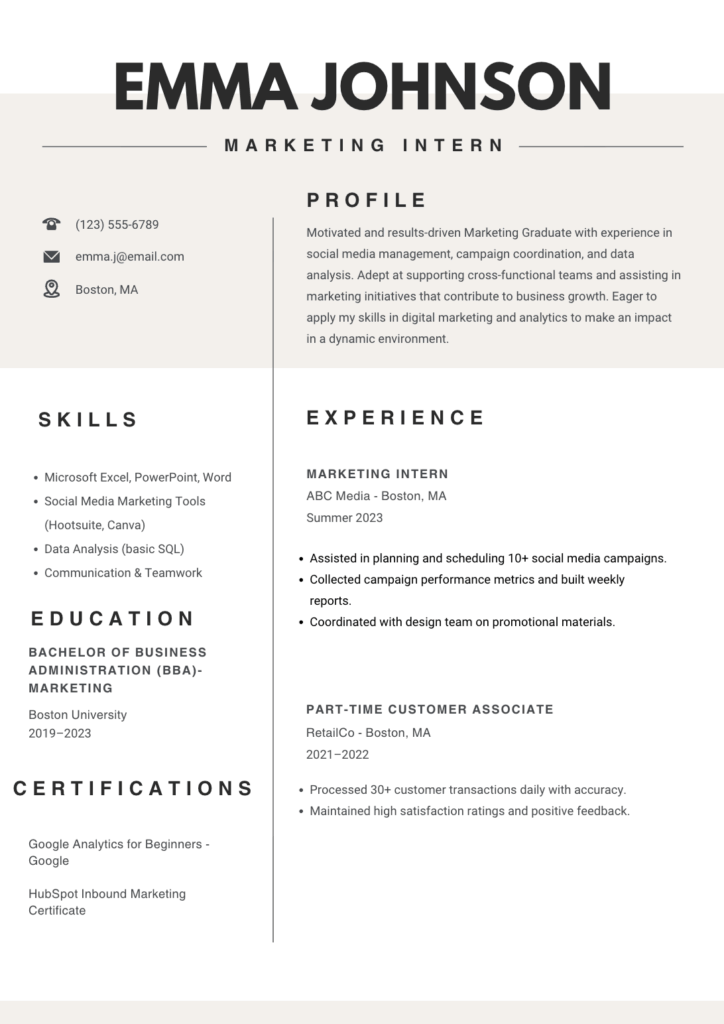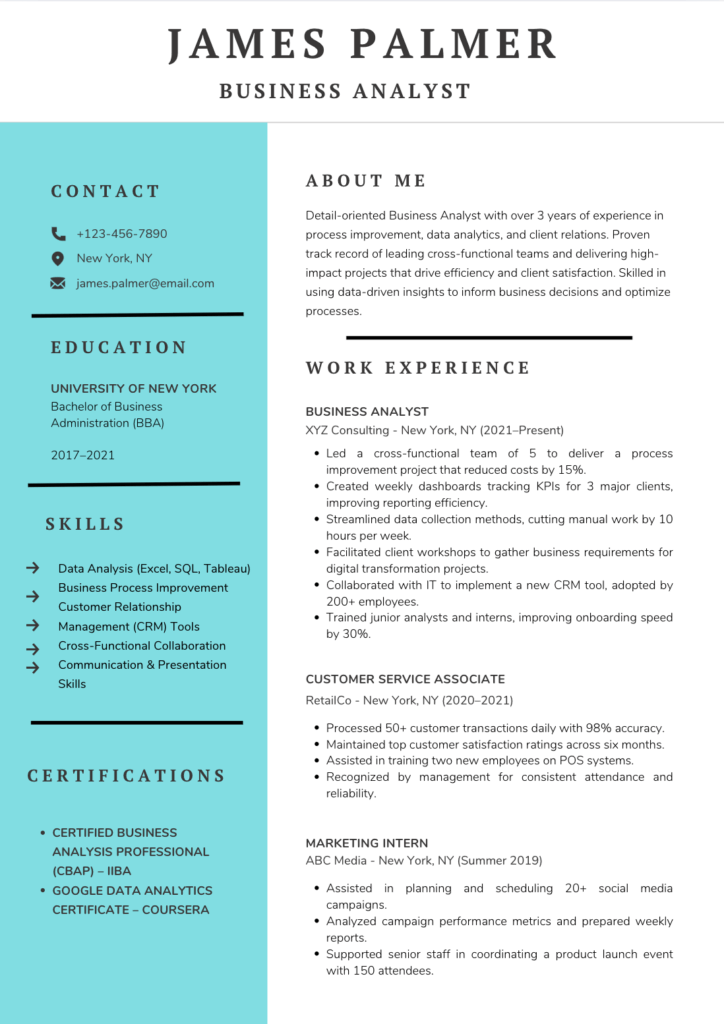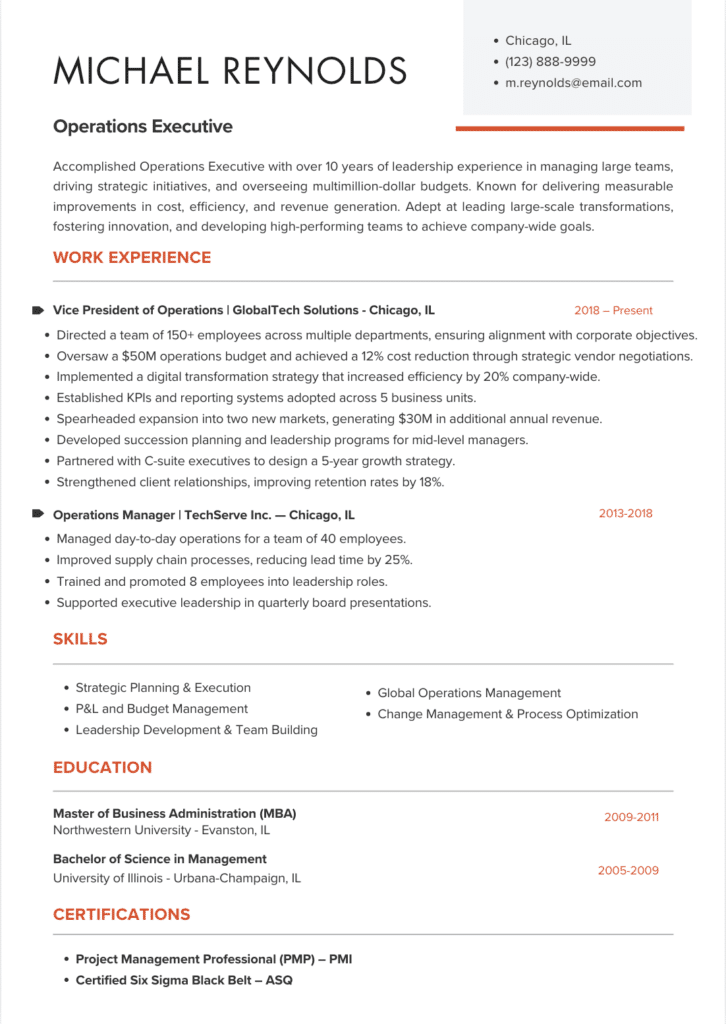Your resume needs to be concise yet powerful, and bullet points are the most effective way to highlight your professional achievements.
Think about it as recruiters, they spend just 6-8 seconds scanning each resume during their initial review.
In that brief window, your bullet points either grab their attention or let your application slip into the rejection pile.
The challenge? Too many bullets can overwhelm busy hiring managers, while too few may undersell your valuable experience and leave them wanting more details about your capabilities.
Here you will know the ideal number of bullets per job on your resume, practical tips for structuring them effectively, and real examples that work.
You will learn how to strike the perfect balance between thoroughness and readability.
How Many Bullets Per Job on a Resume?
The number of bullets per job on a resume varies, but most professionals aim for 3-6 bullets per job on their resume.
This range provides sufficient space to showcase your key achievements without overwhelming recruiters who spend only a few seconds scanning each application.
However, the exact number of bullets to keep per job isn’t fixed. Some positions may need fewer bullets, while others deserve more detailed coverage.
The goal is to create a focused set of strong, results-driven statements rather than filling space with generic job duties.
Understanding what influences these decisions will help you make smarter choices for each role on your resume.
Why Number of Bullet Points Matter in Resumes?
Recruiter attention span plays a huge role here. Commonly, hiring managers spend mere seconds on initial resume reviews.
Too many bullets per job on a resume creates visual clutter, leading them to move on to the next candidate.
ATS systems also play a role in this equation. These digital screening tools parse your resume content, and clean, properly formatted bullet points help ensure your application reaches human reviewers.
Visual clarity is the third key component. Well-spaced bullet points create white space, making your resume easier to scan and more professional-looking.
Factors That Influence the No. of Bullet Points on a Resume
Several key factors should guide your decision on the number of bullet points per job in your resume.
Your career stage, the relevance of the job to your target position, and the quality of your achievements are crucial elements in determining how many bullets to include.
Tailoring the number of bullets to these factors helps ensure your resume remains focused, concise, and impactful.
1. Experience Level
Entry-level candidates typically need fewer bullets due to limited professional accomplishments. Focus on internships, projects, and measurable results from part-time work or volunteer activities.
Mid-career professionals can include more bullets due to a wider range of experiences and achievements. This is where 4-6 bullets per role becomes most effective.
Senior executives and managers may use up to 8 bullets for recent leadership roles, emphasizing team management, strategic initiatives, and business impact.
2. Job Relevance to Target Position
Highly relevant roles deserve more detailed coverage. If a previous job directly relates to your target position, use the full range of recommended bullets to showcase transferable skills and achievements.
Less relevant positions should get minimal coverage – just 2-3 bullets, highlighting transferable skills or impressive results that still add value to your candidacy.
3. Quality of Achievements
Measurable results should drive your bullet count decisions. If you have multiple significant achievements with concrete outcomes, more bullets make sense.
For limited impact roles, keep the bullets to a minimum. Avoid padding your resume with routine responsibilities just to hit a certain number.
Examples of Smart Bullet Presentation in Resumes
Smart bullet presentation enhances readability and ensures your accomplishments stand out.
Below are examples of how to effectively structure and present your resume bullets.
Now, you won’t feel lost thinking about the ideal number of bullets per job on a resume by downloading these perfect job-ready resume templates for free.
1. Resume Template For Entry-Level Candidates

2. Resume Template For Mid-Level Candidates

3. Resume Template For Senior-Level Candidates

Tips for Writing Effective Resume Bullets
To make your resume stand out, it’s important to focus on accomplishments, use strong action verbs, and prioritize your most impactful content.
These strategies will help you craft concise, achievement-oriented bullet points that grab attention and highlight your qualifications.
Below are some key tips for writing effective resume bullets in your resume.
1. Focus on Accomplishments, Not Tasks
The biggest mistake job seekers make is listing job duties instead of achievements. Hiring managers can guess what your daily tasks were – they want to see how well you performed them.
Weak example: “Responsible for managing social media accounts”
Strong example: “Increased social media engagement by 45% in six months through targeted content strategy and community management”
2. Start with Action Verbs and Stay Concise
Strong action verbs immediately grab attention and show initiative. Words like “led,” “increased,” “developed,” and “implemented” create impact from the first word.
Avoid filler words that dilute your message. Every word should add value and move your candidacy forward.
3. Prioritize and Bold Most Important Content
Place your strongest bullets first within each job description. Recruiters often skim the first few points and may not read everything, so lead with your best achievements.
Match bullets to job requirements by analyzing the target job description and emphasizing relevant skills and experiences.
4. Check your ATS Score Online for Free
Once you are done drafting your resume, you can check the ATS score with these free online ATS score checker tools, which would give your resume’s analysis and possible areas of improvement with tips on how to write an ATS-friendly resume:
Conclusion
The sweet spot for resume bullets is 3-6 per job, adjusted based on role relevance, your career stage, and the quality of achievements you can highlight.
Remember that each bullet point represents valuable resume real estate, make every one count.
Focus on measurable accomplishments rather than basic job duties.
Start each bullet with strong action verbs, and always tailor your content to match the requirements of the positions you’re targeting.
Your resume is your marketing document. Make sure every bullet point sells your value to potential employers.
Have tips or questions about writing resume bullets? Share your thoughts in the comments below!
Frequently Asked Questions
Should I Include Periods at the End of Resume Bullet Points?
Yes, using periods ensures consistency, especially when bullet points are complete sentences describing your achievements or responsibilities.
Can I Use Sub-Bullets Under Main Bullet Points?
Avoid using sub-bullets as they can create visual clutter and complicate the resume’s format, making it harder for ATS systems to analyze.
Should Contract Work Follow the Same Bullet Point Rules as Full-Time Jobs?
Yes, contract work should follow the same bullet point structure as full-time roles, but group multiple short contracts under one heading to avoid clutter and save space.










